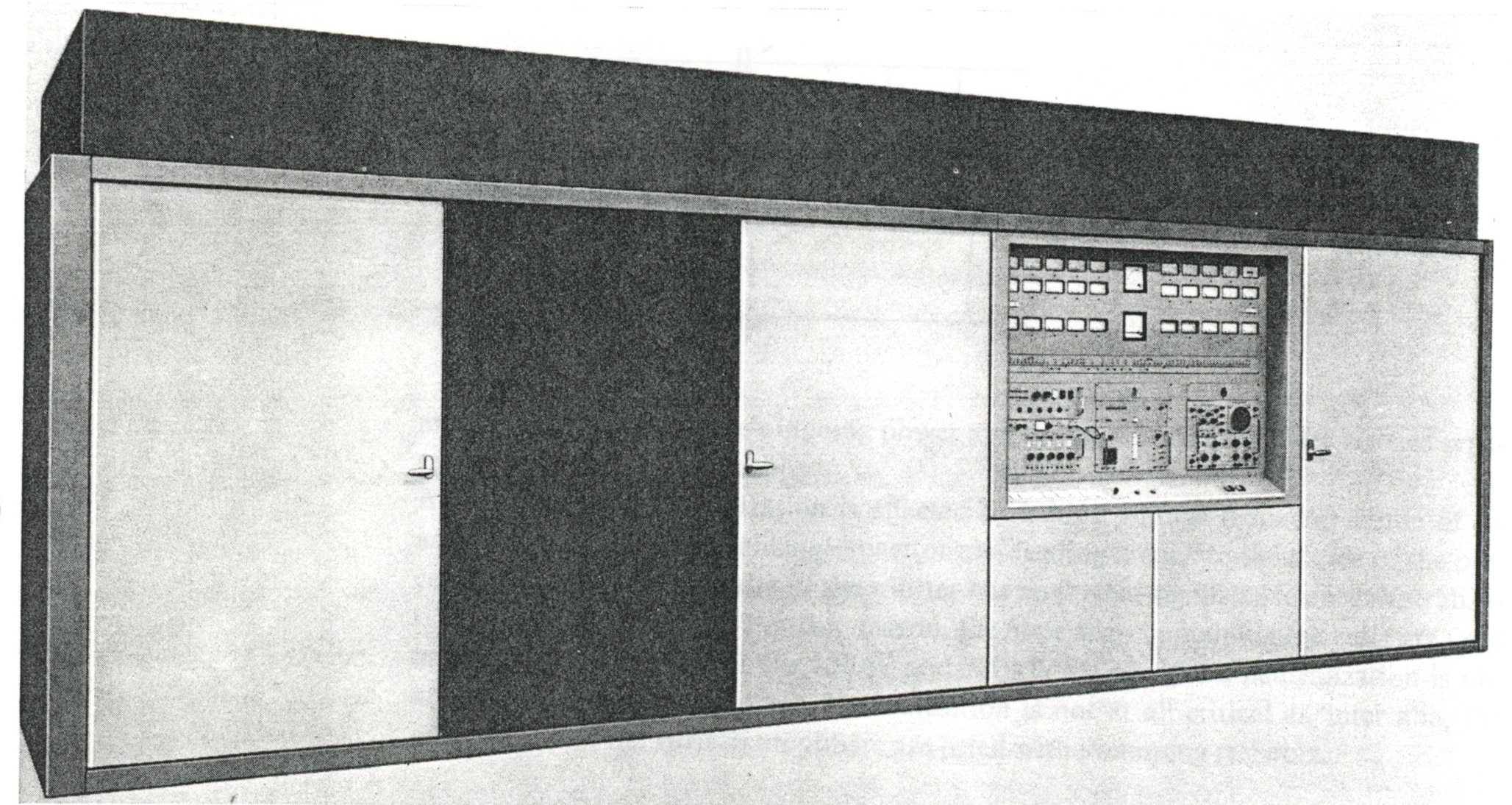| TECHNICAL SPECIFICATIONS |
| Frequency range |
3.2-26.1 MHz. |
| Frequency stability |
better than 5.10-7 with built-in decade exciter. |
| Carrier power output |
300 kW. |
| Output impedance |
50 ohms unbalanced coaxial output on request: 300 ohms balanced. |
| Standing wave ratio |
max. 1 : 1.8. |
| Spurious emission |
according to CCIR recommendations. |
| AF input impedance |
approx. 600 ohms balanced. |
| AF input level |
adjustable between 0 and +20 dBm at 100% modulation (1000 Hz); 0 dBm = 1 mW into 600 ohms. |
| Linear distortion |
flat within ±1 dB between 50 and 10,000 Hz with reference to 1000 Hz at 60% modulation. |
| Non-linear distortion |
less than 3% from 100-3000 Hz; less than 4% from 50-100 Hz and from 3000 to 10,000 Hz at modulation depths up to 90%. |
| Hum-noise level |
less than -60 dB; weigthed value less than -70 dB referred to level for 100% modulation. |
| Carrier amplitude drop |
less than 5% up to a maximum modulation depth of 95%. |
| Max. depth of modulation |
100% |
| Power supply |
nominally 3 x 380 V four-wire for teh auxiliary supplies and 3 x 10 kV three-wire for the HT rectifier; adaptation to other voltages on request. |
| Power factor |
0.9 average. |
| Ambient temperature |
at sea level: 0°C to +45°C; at 2000 m (6600 ft): max. +35°C |
| Relative humidity |
max. 95%. |
| Dimensions (transmitter cabinet) |
height 242 cm (95 in.); width 814 cm (320 in.); depth 230 cm (90 in.). |
| Weight (transmitter cabinet) |
9500 kg (20,947 lb.) unpacked. |
 300 kW SHORT-WAVE BROADCAST TRANSMITTER TYPE 8FZ 521 (FB 010)
300 kW SHORT-WAVE BROADCAST TRANSMITTER TYPE 8FZ 521 (FB 010)